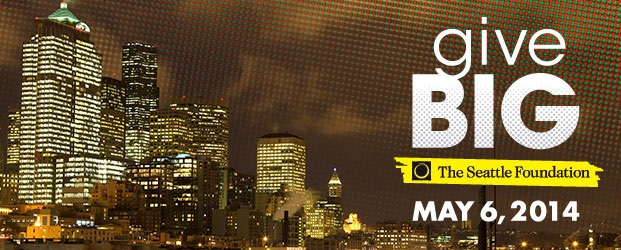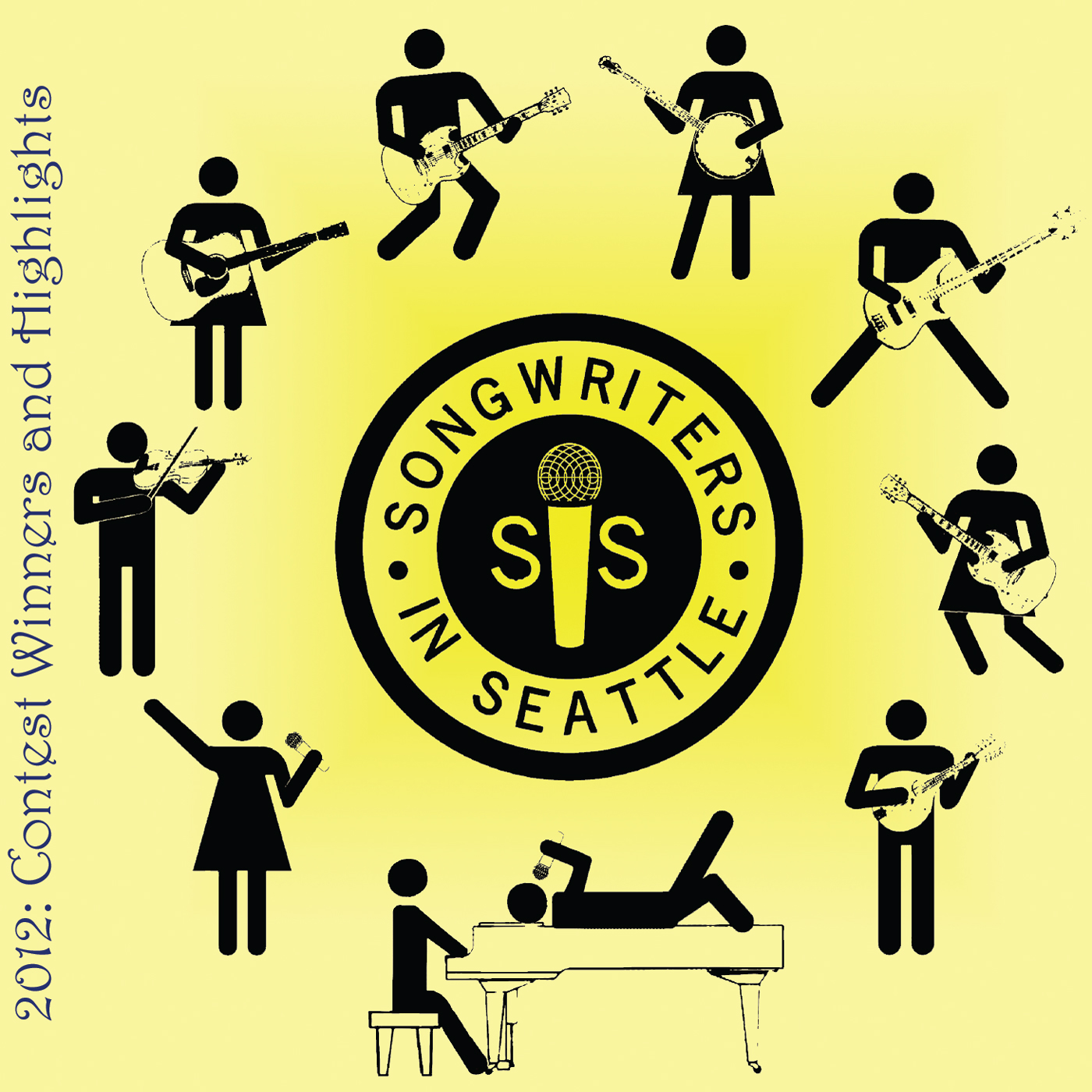Category: Blog
Default blog post category – These are articles that mostly consist of text commentary or stories.
-

NWME Announcement: “Transitions”

The Northwest Music Experience (NWME) was developed as a celebration of talent and community in the Pacific Northwest. Its first incarnation was a successful awards show honoring 40 fantastic artists who represented the diverse music community that surrounds us. This spirit will live on with the Songwriters in Seattle Awards, which is in the planning stages now to return in 2015.
Going forward, the Northwest Music Experience name and what it represents will be shifting from Songwriters in Seattle to a new non-profit organization based in Portland. Here is the description from leader Tom Melillo:
“Our non-profit will be geared towards experiential projects that connect young (high-school age) musicians with local professional musicians in our area to collaborate on projects to produce, perform, and record music. Our ultimate goals are to generate interest in music and music education, and to generate funds to give back to local school music programs.”
We hope you’ll agree that this is a worthy cause and a valuable addition to the NW music community. Please join us in supporting the new organization’s efforts whole-heartedly. Best wishes to Tom and to the new incarnation of Northwest Music Experience.
-

Seattle Foundation’s GiveBIG Event
We’re excited that Songwriters in Seattle will be part of The Seattle Foundation’s GiveBIG event on May 6th. Donations made to Songwriters in Seattle through The Seattle Foundation’s website ON THIS DAY ONLY will be stretched/matched thanks to The Seattle Foundation and GiveBIG sponsors! Make a donation, share with your friends (#GiveBIG), and be a part of our community’s biggest day of giving of the year. Make your gift online at: http://www.seattlefoundation.org/npos/Pages/SongwritersinSeattle.aspx
Learn more by following @TheSeattleFdn or by going to http://www.seattlefoundation.org/givingcenter/GiveBIG/Pages/default.aspx
If you donate through GiveBIG on May 6th, you could be randomly selected for a Golden Ticket that wins you a $100 Starbucks gift card and gives us an extra $1,000 from The Seattle Foundation & other sponsors!
Because @TheSeattleFdn’s #GiveBIG will stretch any dollars donated to us that day, we want this to be our one and only pure fundraising event of the year. Help us make that happen so we can keep bringing more impactful events to the Songwriters in Seattle calendar. Please Give BIG – thank you!
-

Northwest Music Experience Finalists Announced
As part of the annual Songwriters in Seattle Summer BBQ, we are giving awards under the Northwest Music Experience event name. More information at nwmusicexperience.org – here are the results:
Congratulations to our finalists and a huge thank you to everyone who submitted a song and participated! The quality and variety of the 240 entries we received was so good it was extremely difficult for our panel of NWME and Songwriters in Seattle leaders to get to 5 finalists per category. There easily could have been others here, but ultimately we had to make some choices, so don’t be disheartened if you entered but didn’t make the list this time. Please note that the criteria was focused on songwriting and creativity, as well as performance talent and originality, not production quality. As we also are not a popularity contest, the finalists now go to over 100 invited judges to help determine winners for each category. See the official rules for more details on the whole process.
Over $1,000 in locally donated prizes for potential category winners include:
– 10 hours recording/mixing with Stephen Sherrard at DBAR Productions
– A Fat Head BE ribbon microphone from Cascade Microphones
– A Tascam DP-2 Digital Portastudio with case and tutorial DVD
– Gift certificates to local music storesThe full list of finalists *in no particular order:
1. Category: Classic/Alt Rock
– Resilience – written by Julia Vidal, performed by The Salt Riot
– Crying Shame – written by Regan L. Barger, performed by Strangely Alright
– I Wish My Baby Was Born – performed by East Coast Dave
– Get Some Love – written by Jeff Hamel and Aaron Arnold, performed by SweetKiss Momma
– Talk About It Later – written by Elsa Faith and Marty Mitchell, performed by Soul Distraction2. Category: Blues
– Dirty – written by Scott Concinnity, performed by Letters From Traffic
– The Sun Will Rise – written by Jus’Tina, performed by Jus’Tina, Wayne Ah Chan, Laurence Gouveia, Eric Robert, and Gary St. Martin
– That’s The Truth – written by Roo Forrest, performed by Roo, Cody Rahn, Patrick McDanel, and Hans Tueber
– Always Be The Blues – written by Mark Whitman, performed by The Mark Whitman Band
– Trouble Leave Me Alone – written and performed by Pete Tomack3. Category: World Music
– EuroTribal – written and performed by Daniel Connolly
– Somewhere Under the Sun – written and performed by Leslie vanWinkle
– True Blue – written and performed by Ann Stockdale
– Perpetual Leader – written by Blake Noble, performed by Blake Noble, Tim Snider, and Isaac Castillo
– Waiting For Your Love – written and performed by Claire Johnson4. Category: Folk/Americana
– Used Bike – written by Jean Mann, performed by Jean Mann, Wayne Horvitz, Tom Dziekonski, Virginia Dziekonski, and Matt Hopper
– Ready For The Dark – written by Larry Murante, performed by Larry Murante and Kevin Jones
– Comfort in Your Strangeness – written and performed by Cynthia Alexander
– California Dreams – written and performed by Bill Alsept
– Julie – written by Jasper Tollefson, Joseph Gustav, and John Scott, performed by Jasper T. and John Crown5. Category: Hip Hop/R&B
– Woman of My Dreams – written by J.R. Rhodes, performed by J.R. Rhodes, Eyvind Kand, Brad Houser, Mike Dillon, Kym Tuvim, Willow, and Sarah Keenan
– Journey My Mind – written and performed by Jai.P
– Evolution of Poetic Suede – written by Poetic Suede, performed by Poetic Suede feat. Trel Fitted
– Finish What I Start – written by Hands of Vengeance, performed by Consise, Verse, and Kreed
– Keep Going – written and performed by Sheldon Botler6. Category: Heavy Rock
– Secret Handshake – written by Christina Cramer, performed by Christina Cramer, Brad Judy, Rich Huston, and Dave Crossett
– Beware of Love – written by Terry Pelton, performed by Excuse You
– Shadows and Dust – written and performed by Mechanism
– Take Me Home – written by Ginine Mizerski and Randy Campbell, performed by Ginine Mizerski, Randy Campbell, and Mike Well
– Welcome To No One – written and performed by In The Between7. Category: Pop/Light Rock
– Pretty Bird – written by Sammy Witness, performed by Sammy Witness, Jason Dunn, Brandon Erdos, and John Ducharme
– The Calling – written by Andrea Lockwood and Charles Wilson, performed by Stained By A Killer
– Up – written and performed by Gary Milici
– The Way It Seemed – written and performed by Sophia Duccini
– Trait & Trace – written and performed by Jerry Val8. Category: Country
– Mean Mother Trucker – written and performed by Larry Schacher
– Diamond Rings – written by Alden Witt and Benjamin Johnston, performed by Alden Witt and Steffi Jeraldo
– Chasing the Fire Alarms – written and performed by Bruce Hunt
– I’ve Fallen In Love and I Can’t Get Up – written by Griffin James, performed by Griffin James and Corey Mage
– Sweet Lucille – written by Susan Elliott, performed by Susan Elliott, Richard Askew, Lauren Vanderhoof, and Ash Devine -

SiS Compilation Released!
It has taken Songwriters in Seattle a number of years to put together a collection of music that represents the group in any significant way. We are now very proud to present this new compilation CD we’ve entitled “2012: Contest Winners and Highlights” – This album is compiled from Songwriters in Seattle member contest winners and other highlights from top 2012 members. The songs were all graciously donated by the artists to Songwriters in Seattle for inclusion. All proceeds from the purchase of the album go to SiS to fund ongoing events and projects. Please check it out on CDBaby!
Thank you for listening and supporting Songwriters in Seattle!
Titles included in this compilation:
1. “L.A. (Is Totally Awesome)” by Charlie Heinemann
2. “I Am the Water” by Zoe Wick
3. “Sleeveless Season” by Jean Mann
4. “Take Me Away” by Scott Burkhalter
5. “That’s When Life Began” by Bruce Hunt
6. “Desert Highway” by Derek Medina
7. “Heroes” by Randy Edwards
8. “Ride the Wind” by Chris Klimecky
9. “Tale of a Missouri Girl” by Erin Jordan
10. “A Buddha State of Mind (Live)” by Paula Boggs
11. “The Wedding Song” by Andy “Roo” Forrest
12. “It’s Time” by Cat Henderson
13. “Morning Aire” by Leo Brodie
14. “Fallen Angels Don’t Fly” by Jessica Lynne
15. “(My Meeting With) Mr. Vegas” by Jim Marcotte
16. “Feeling’s Gone” by Lou Gopal
17. “The World Don’t Belong to a Dreamer (Live)” by Todd Christoffel
18. “A Black Market for Mooncakes” by Songwriters in Seattle



